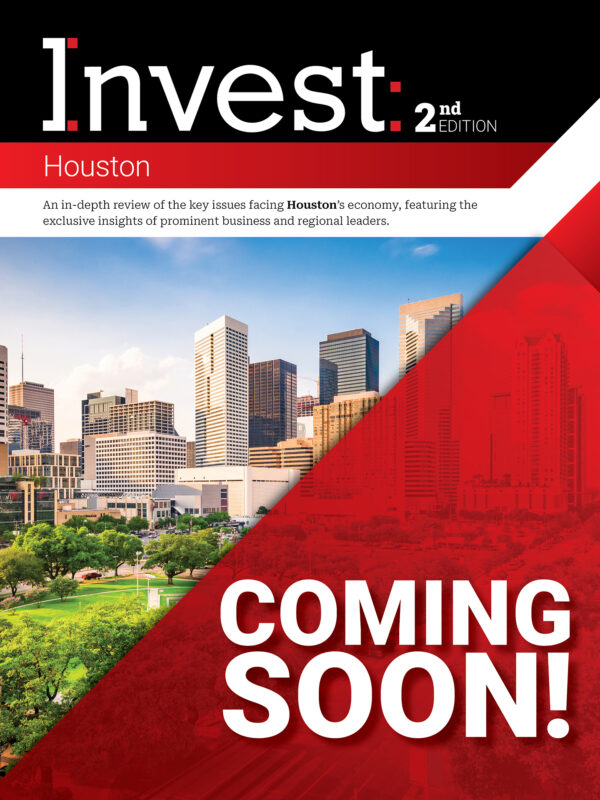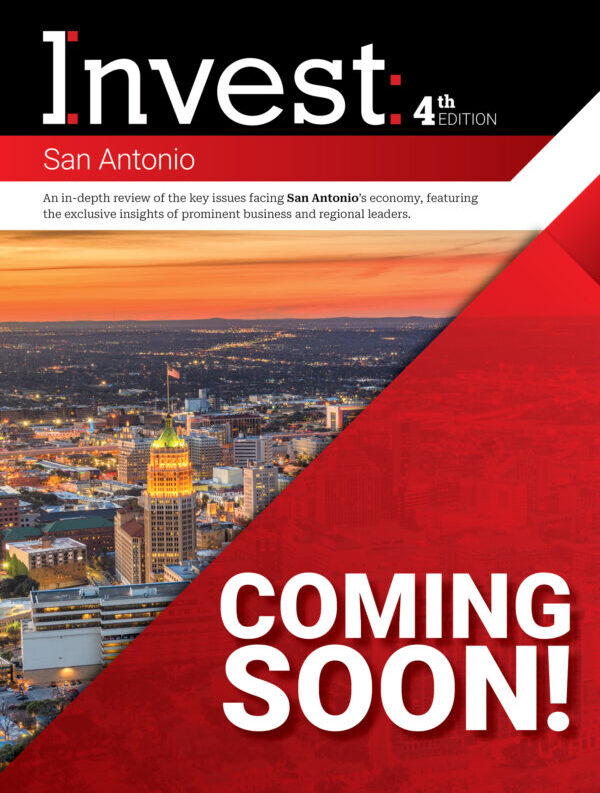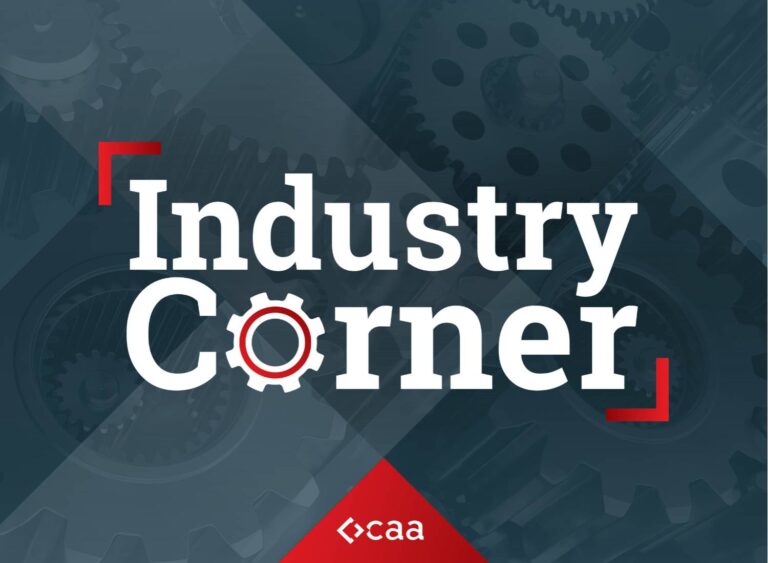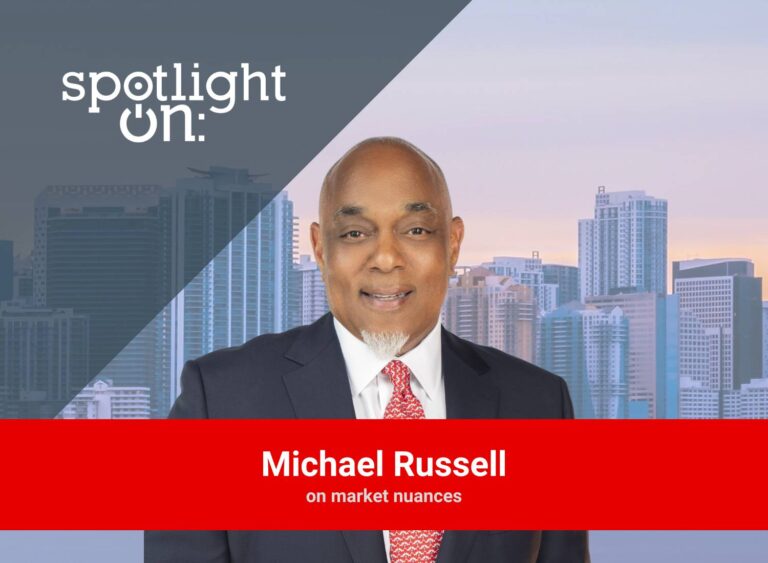Spotlight On: Takajiro Ishikawa, President & CEO, Mitsubishi Heavy Industries America
 April 2024 — In an interview with Invest:, Takajiro Ishikawa, president and CEO of Mitsubishi Heavy Industries America, emphasized the company’s role in advancing decarbonization efforts across North America. He discussed the impact of the Inflation Reduction Act in promoting renewable energy projects. Ishikawa outlined plans for carbon capture and hydrogen development, which are integral to MHI’s goal of achieving carbon neutrality by 2040, reflecting the company’s commitment to technological solutions for a sustainable future.
April 2024 — In an interview with Invest:, Takajiro Ishikawa, president and CEO of Mitsubishi Heavy Industries America, emphasized the company’s role in advancing decarbonization efforts across North America. He discussed the impact of the Inflation Reduction Act in promoting renewable energy projects. Ishikawa outlined plans for carbon capture and hydrogen development, which are integral to MHI’s goal of achieving carbon neutrality by 2040, reflecting the company’s commitment to technological solutions for a sustainable future.
What are the major initiatives and partnerships for decarbonization Mitsubishi Heavy Industries (MHI) has undertaken in North America?
Our focus in North America, especially the Texas Gulf, has been pivotal in leading energy transition initiatives. We’ve aimed to pivot towards providing decarbonization solutions, leveraging our historical role in industrial revolution and technology provision globally. A major highlight has been our strategic alliance with ExxonMobil, aimed at deploying carbon capture technologies. This alliance enhances our capabilities in managing the carbon capture value chain effectively, from capturing CO2 emissions to its underground sequestration, facilitated by ExxonMobil’s expertise in subterranean operations.
Another significant achievement is Mitsubishi Power’s development of the first at-scale clean hydrogen hub – as well as one of the largest clean hydrogen hubs globally to reach financial close – which is scheduled to begin operations in 2025. The Advanced Clean Energy Storage hub is an industry and utility-scale, clean hydrogen facility designed to produce, store, and deliver green hydrogen to the Western U.S. Our joint venture with Chevron on this project underscores our unique position in forming strategic alliances with major U.S. energy companies.
Lastly, we’ve been actively engaging with the American entrepreneurial ecosystem to foster climate change technology. Through our venture capital initiatives, we’ve screened 500 companies, performed due diligence on 50, and invested in 11, focusing on climate tech. This effort has highlighted Houston not only as an oil and gas hub but also as a burgeoning center for climate change technology, marking a significant milestone for us in leveraging local expertise and innovation in climate tech.
How do policy and incentives shape the climate solutions landscape?
America has effectively implemented a program of renewable energy incentives, beginning with the production tax credits for wind power established in 1992. Despite occasional lapses, these credits have been consistently renewed, maintaining support for 30 years and, with the Inflation Reduction Act (IRA), extended for another decade. This consistency has led to America’s substantial growth in renewable wind capacity, now over 130 gigawatts, making it a significant program in the Western world. The IRA, introduced by the Biden administration, initially estimated at $369 billion in tax credits, could reach up to $1 trillion due to its uncapped nature. This policy has prompted international responses, with countries like Europe and Canada developing their versions of the IRA, effectively setting a new global standard for climate change policy. The success of these policies, particularly in attracting investment and developing energy transition projects, demonstrates America’s leadership in this area. Despite potential future administration changes, the foundational policies of the IRA are likely to remain due to their widespread benefits, including significant investment in Republican states.
How is MHI addressing labor and skill gaps in the renewable energy sector?
Addressing climate change requires substantial labor for constructing facilities like carbon capture, hydrogen, or methanation plants. The cost of these projects has significantly increased due to supply chain constraints, labor costs, and material price hikes. Securing skilled labor is crucial for the successful execution of projects supported by the IRA, which focuses on hard technology rather than software. Mitsubishi Heavy Industries collaborates with prestigious universities like Rice, Stanford, and Carnegie Mellon, among others, to bridge these skill gaps. Through sponsoring events, engaging in webinars and seminars, and recruiting talent from these institutions, we foster innovation and gather new ideas essential for creating a cleaner world. This approach not only enhances our R&D capabilities, with over 1,500 research engineers, but also allows us to collaborate with external experts and leverage their insights for mutual progress.
How does MHI plan to navigate the next few years, particularly in carbon capture and hydrogen development?
Following the Inflation Reduction Act, we received over 200 inquiries for carbon capture projects, and we are currently in FEED or pre-FEED studies with several. Over the next couple of years, our goal is to complete these projects, particularly focusing on leading parties. We’re also advancing hydrogen projects nationwide, including the HyVelocity hydrogen hub, for which we’re a DOE grant subrecipient. Our first hydrogen project in Delta, Utah, is set to be operational by 2025, prioritizing safety and success. Another key objective is to initiate new projects leveraging our technological expertise. Additionally, we aim to expand our startup investments, especially those moving to demonstration phases in America. These are our main targets for the forthcoming years.
Can you elaborate on MHI’s carbon neutrality goals and the significance of your commitment?
Before COP26 in Scotland, we committed to achieving carbon neutrality across scope 1, 2, and 3 by 2040, ahead of the 2050 benchmark common among countries and companies. This ambitious timeline reflects our role as a technology provider to essential industries like steel, chemical, and cement, emphasizing our commitment to not only improve our operations but also to supply technological solutions that enable our clients to achieve carbon neutrality by 2050. This challenge, while significant, underscores our dedication to supporting the transition phase during my tenure.
For more information, please visit:













